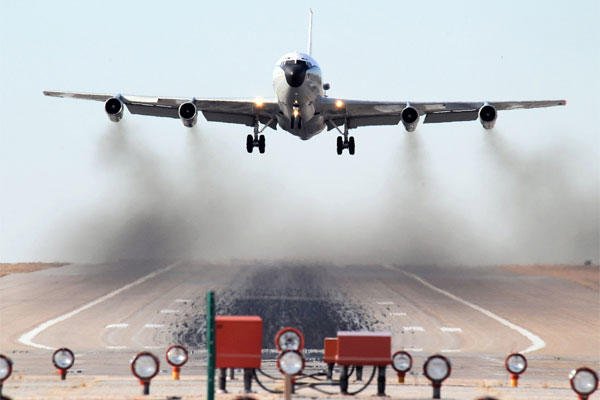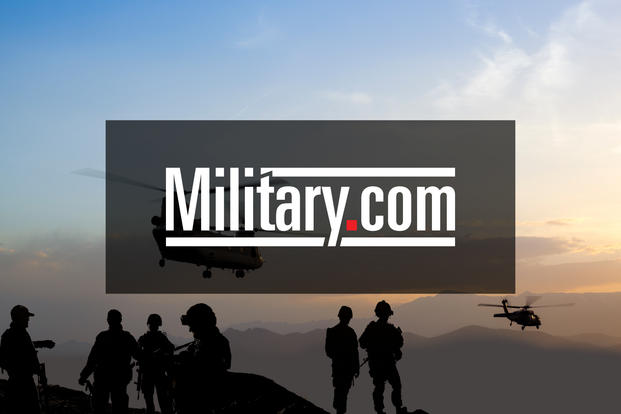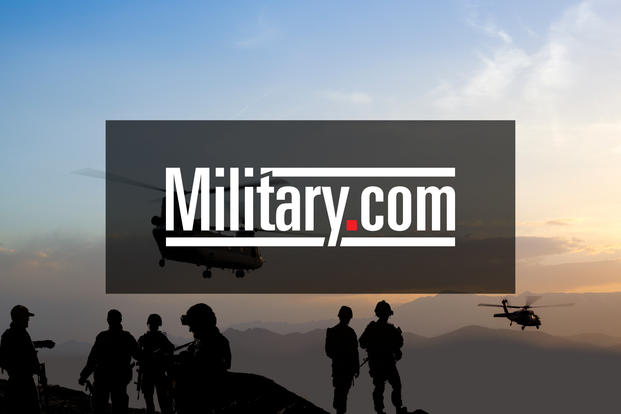The U.S. reportedly was sending a WC-135 "sniffer" plane Wednesday to check on North Korea's claim of setting off an underground hydrogen bomb as Defense Secretary Ashton Carter and his South Korean counterpart conferred on a possible response.
Susan Romano, a spokeswoman for the Air Force Technical Applications Center, said that the Air Force "as a matter of policy" does not discuss the operations of the WC-135 Constant Phoenix. However, the aircraft flying out of Kadena Air Force Base on Okinawa was used in the past to verify three previous North Korean nuclear tests.
The aircraft, a derivative of the Boeing C-135 four-engine jet alternately known as the "sniffer plane" and the "weather bird," carries on board an atmospheric collection suite "which allows the mission crew to detect radioactive 'clouds' in real time," according to an Air Force fact sheet.
In a phone conference, Carter and South Korean Minister of National Defense Han Min-koo "agreed that North Korea's provocations should have consequences," but they did not spell out what those consequences might be, according to a readout of the call from Pentagon Press Secretary Peter Cook.
Both Carter and Han called the "recent apparent North Korean nuclear test" unacceptable and "both a flagrant violation of international law and a threat to the peace and stability of the Korean peninsula and the entire Asia-Pacific region."
South Korea put its military on alert and Gen. Curtis M. Scaparrotti, commander of U.S. Forces Korea and the nearly 30,000 U.S. troops on the peninsula, joined U.S. Ambassador to South Korea Mark Lippert in meetings with South Korean Foreign Minister Yun Byung-se.
Claims by "Great Successor" Kim Jong-un, the North Korean leader, of having set off an underground thermonuclear hydrogen bomb blast were quickly disputed by U.S. and South Korean officials.
The U.S. Geological Survey reported that the size of the seismic tremor set off by the blast was of about 5.1 magnitude. That was the same magnitude as a 2013 North Korean nuclear test and slightly larger than the ones in 2009 (4.5) and 2006 (4.1). Nuclear experts said the tremor from a thermonuclear blast would likely have been much larger.
South Korea's Yonhap news agency quoted a Ministry of Defense official as saying that "It is hard to regard this test as that of a hydrogen bomb. Only a few countries including the U.S. and Russia have conducted hydrogen bomb tests and the size of the detonations reached 20 to 50 megatons." The latest North Korean test was estimated at about six kilotons.
At the White House, Press Secretary Josh Earnest said that "The initial analysis is not consistent with the claim the regime has made of a successful hydrogen bomb test."
-- Richard Sisk can be reached at Richard.Sisk@military.com






























